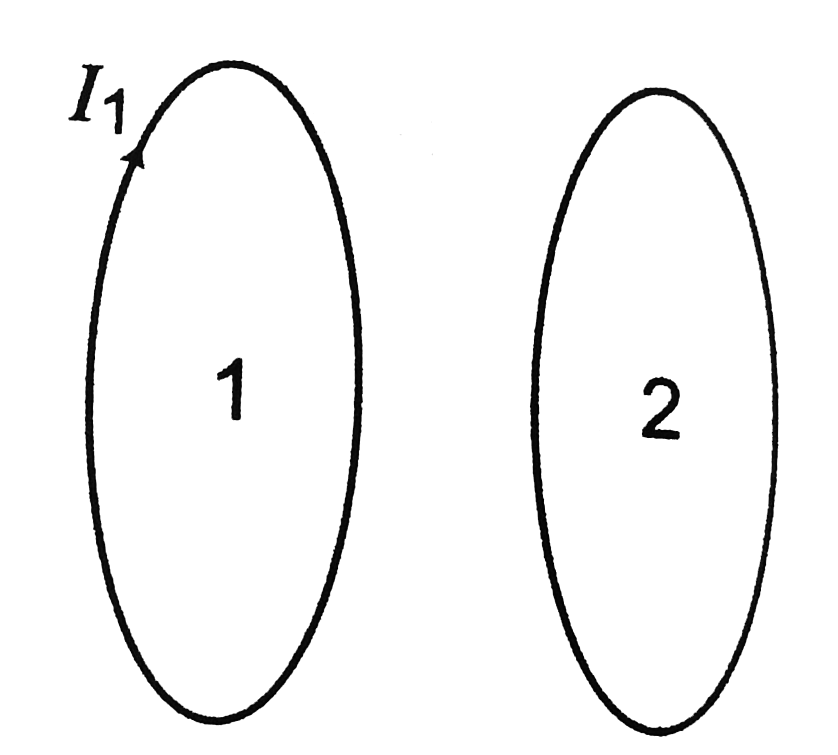Area where two ecosystem overlap each other:
Ecotone
Niche
Edge effect
Ecotypes
The correct Answer is:A
Step-by-Step Text Solution:
1. Understanding the Question: The question asks for the term that describes the area where two ecosystems overlap. This is a key concept in ecology and is essential for understanding how different ecosystems interact.
2. Identifying the Correct Term: The area where two ecosystems overlap is known as an ecotone. This term is crucial in ecology as it signifies a transition zone between two distinct ecosystems.
3. Characteristics of an Ecotone:
- Ecotones can vary in width; they may be narrow or wide.
- An example of an ecotone is the area between a field and a forest, where characteristics of both ecosystems can be observed.
4. Diversity in Ecotones: Ecotones are often characterized by high biodiversity. This means that these areas can support a variety of species from both ecosystems, as well as unique species that thrive specifically in the ecotonal environment.
5. Differentiating from Other Terms:
- Niche: Refers to the functional role of an organism within an ecosystem, not the overlap of ecosystems.
- Edge Effect: Describes changes in population or community structure at the boundary of two habitats, which can occur in ecotones but is not synonymous with the term.
- Ecotype: Refers to genetically distinct varieties within a species that have adapted to specific environmental conditions, which is also not the same as an ecotone.
6. Conclusion: Based on the definitions and characteristics discussed, the correct answer to the question is ecotone.
---
- Ecotones can vary in width; they may be narrow or wide.
- An example of an ecotone is the area between a field and a forest, where characteristics of both ecosystems can be observed.
- Niche: Refers to the functional role of an organism within an ecosystem, not the overlap of ecosystems.
- Edge Effect: Describes changes in population or community structure at the boundary of two habitats, which can occur in ecotones but is not synonymous with the term.
- Ecotype: Refers to genetically distinct varieties within a species that have adapted to specific environmental conditions, which is also not the same as an ecotone.
Topper's Solved these Questions
- BOOK - CENGAGE BIOLOGY ENGLISHCHAPTER - ORGANISMS AND POPULATIONSEXERCISE - ARCHIVES (Choose the correct options)29videos
ORGANISMS AND POPULATIONS
- BOOK - CENGAGE BIOLOGY ENGLISHCHAPTER - MICROBES IN HUMAN WELFAREEXERCISE - ARCHIVES26videos
MICROBES IN HUMAN WELFARE
- BOOK - CENGAGE BIOLOGY ENGLISHCHAPTER - REPRODUCTION IN ORGANISMS EXERCISE - ARCHIVES8videos
REPRODUCTION IN ORGANISMS
Similar Questions
Margins of petals or sepals overlap each other but not in a definite manner in
View SolutionBoundaries between one ecosystem and another are indistinct and overlapping therefore all ecosystem on the earth are joined together to form a single global ecosystem known as
View SolutionTwo loops carrying current in opposite sence placed paralled to each other are moved closer to each other. Then the current
 View Solution
View SolutionIf two different non-axial d-orbitals having 'xz' nodal plane form π-bond by overlapping each other, then internuclear axis will be :
View SolutionIf two different non-axial d-orbitals having 'xz' nodal plane form π-bond by overlapping each other, then internuclear axis will be :
View SolutionTwo identical harmonic pulses travelling in opposite directions in a taut string approach each other. At the instant when they completely overlap, the total energy of the string will be
 .View Solution
.View SolutionTransfer of material and energy from one ecosystem to other ecosystem to other ecosystem is best examplified by:
View SolutionTwo loops are facing each other as shown in Figure. State whether the loops will attract each other or repel each other if current I1 is increased
 View Solution
View SolutionWhen air is blown In between two balls suspended close to each other they are attracted towards each other why?
View SolutionTwo waves of same frequency but of amplitude a and 2a respectively superimpose over each other. The intensity at a point where the phase difference is 3π2, will be proportional to :
View Solution

